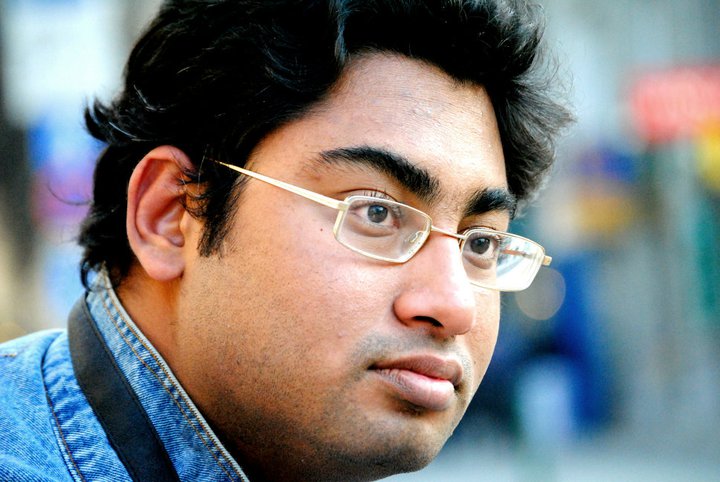Dispatch from the dispatch: Musings from the Tevatron’s final run
12 October 2011 | By

The first time I drove to Fermilab as a grad student, I got kind of lost. However, once I remembered my adviser’s words of advice, it was suddenly easy to find the strangely shaped Wilson Hall, a.k.a. “the highrise sticking out of the Prairies”. During my PhD years with the CDF Collaboration, I went there many a time – to attend meetings, to take shifts. The Chicago area summers were harsh, and so were the winters. On early morning shifts over the Christmas week, I realized that all too well. CDF had over five hundred collaborators at that time and this was my first introduction to a big experiment. Despite its size, everyone still seemed to know each other and it was one big happy family.
And so it was that it almost seemed like a family reunion, not the funeral of the Tevatron, when I walked in to the CDF control room for one last time on September 30th. The proton/anti-proton beams kept on colliding and CDF continued to record data with its usual alertness, with ATLAS’ own Alison Lister (another ex-CDF-er) acting as shift leader (called sci-co in CDF parlance, and ‘psycho’ lovingly). As past and present CDF-ers gathered and talked, one could not help feeling how strong the connection between the Tevatron and the LHC is in general, and between CDF and ATLAS in particular.
Seeing so many ATLAS colleagues there when they hit the big red ‘stop’ button in the main control room, and at parties thereafter, I realized that even though the Tevatron is officially retired, ATLAS (and CMS) will carry its legacy forward. So many of us learned our basics there and got to know how it is to work in such big collaborations. Thankfully we did not adopt all the CDF terminology – we used to find ourselves getting congratulated for the wrong reason whenever we said we were ‘blessed’ (we use the word ‘approved’ for the same thing in ATLAS – our results getting the official seal of approval from the rest of the collaboration), and many were confused when we talked about ‘godparents’ (equivalent to ATLAS’ ‘Editorial Board members’).
The Tevatron’s final run was a sombre occasion for many who had worked in Fermilab all their lives and retired as the machine shut down. For others, analysis of the data will continue, and the results that come out of those analyses will certainly improve our understanding of nature. For those of us who moved across the ocean it was a homecoming, albeit sad, but also helped to put things into perspective. We are incredibly lucky to be part of a generation that has had the opportunity to work with two of the most unique and important experiments ever conceived.
Not everyone was so introspective though. One of our ATLAS colleagues casually remarked at the party that we should do this more often – anything for a free beer!



